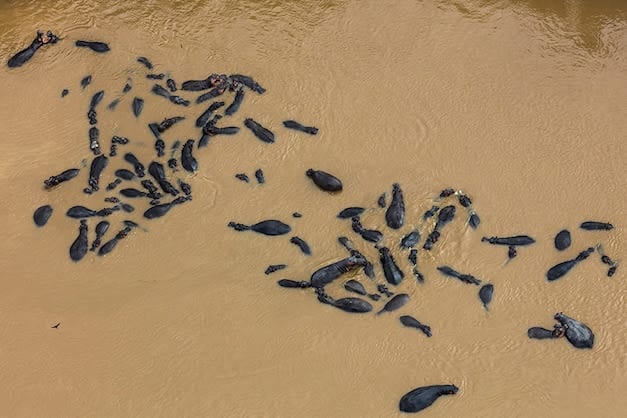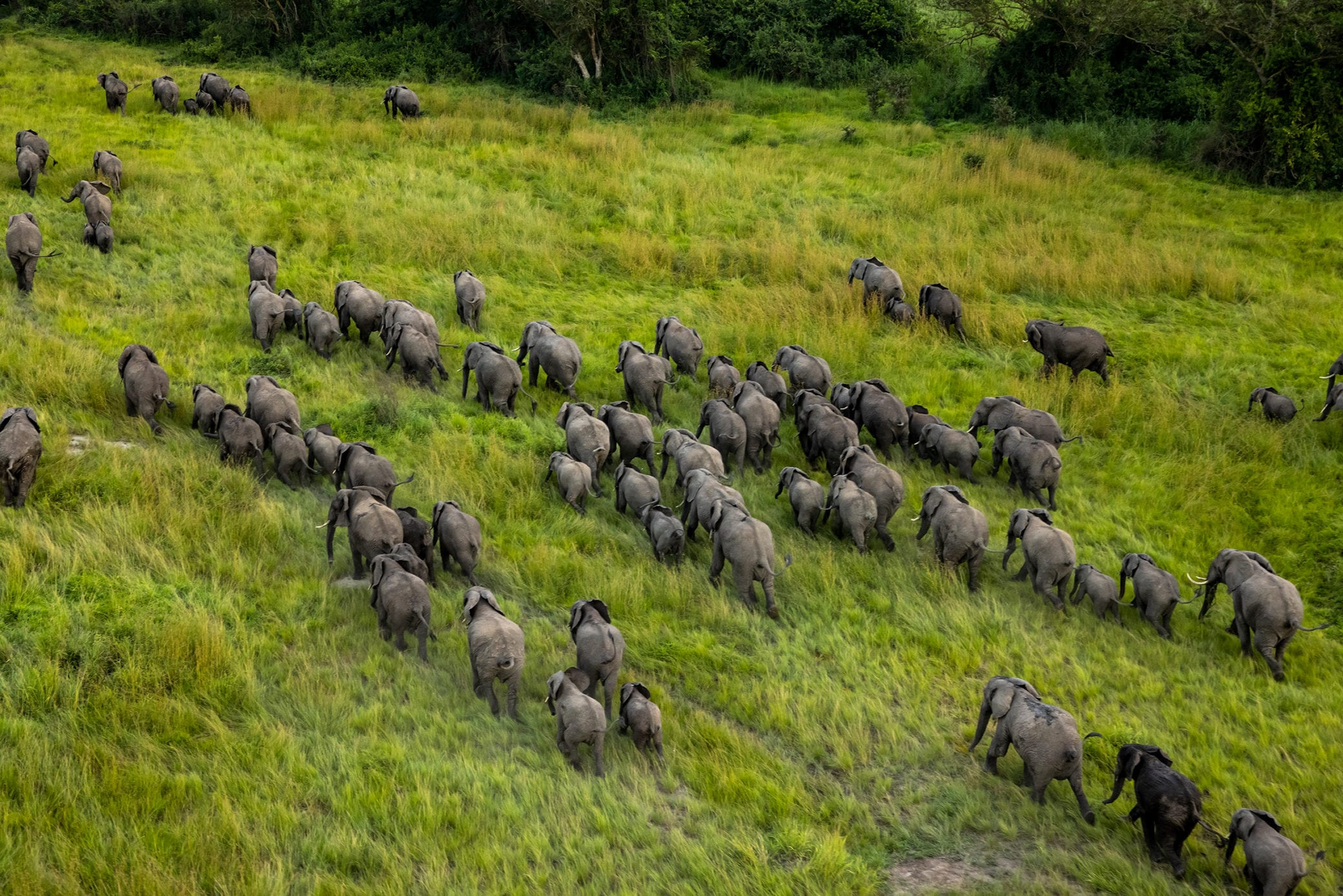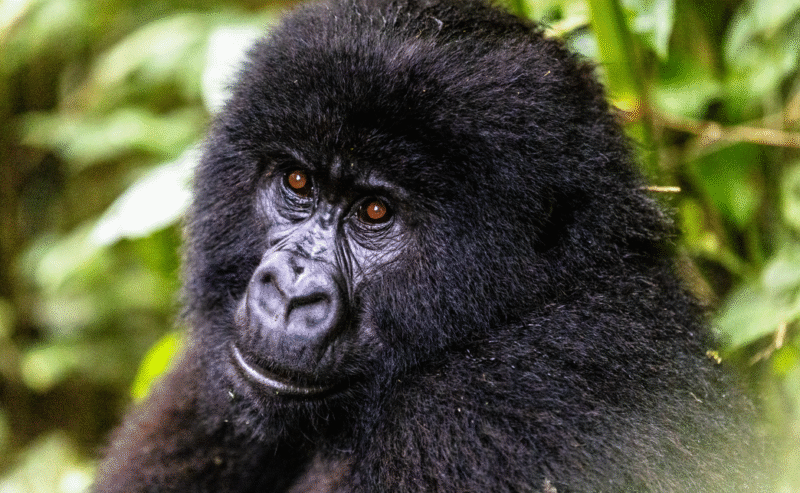
Support Virunga this Giving Season >
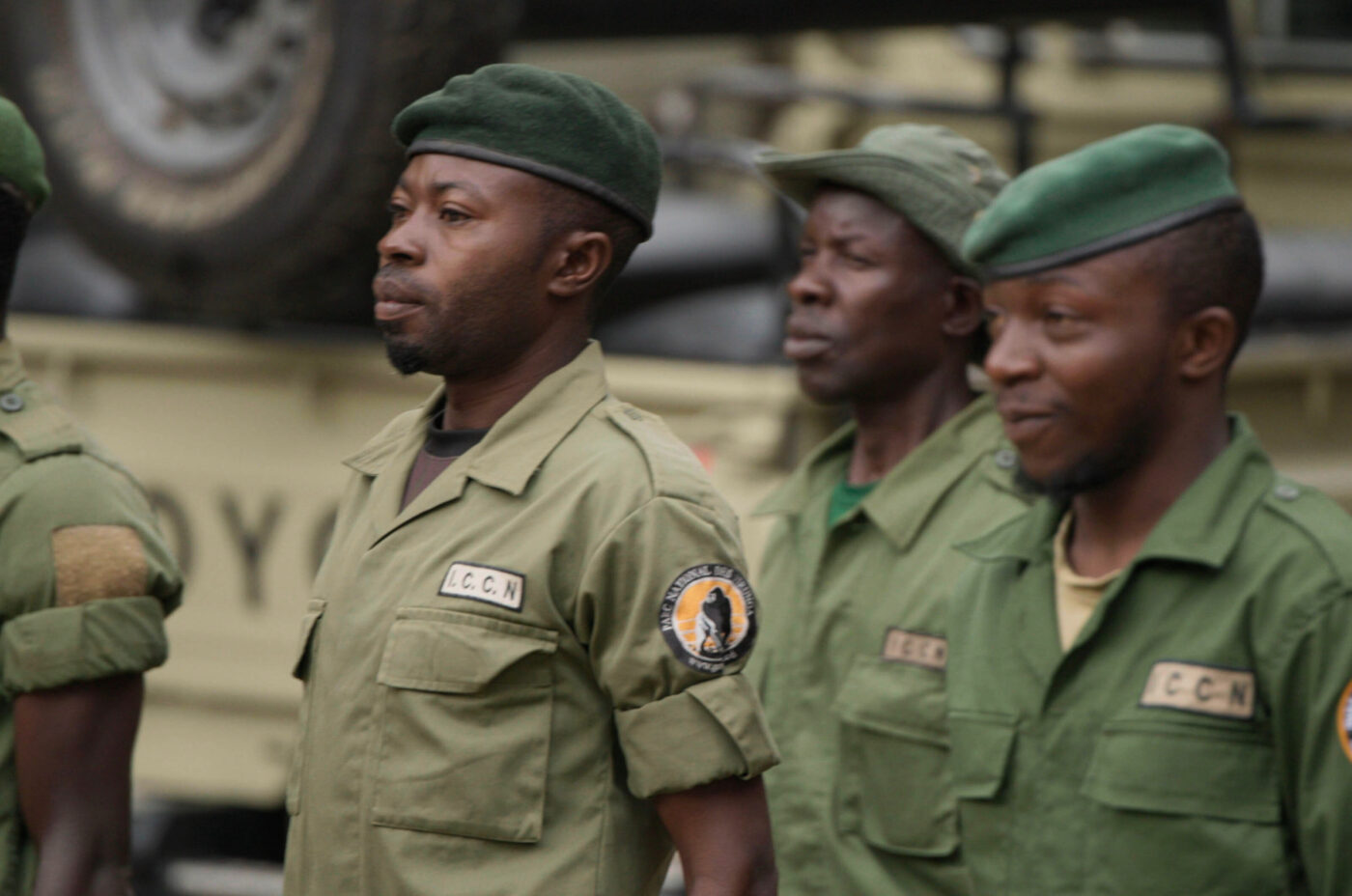
Virunga National Park was founded in 1925 as Albert National Park. It was the first national park to be established on the continent of Africa, primarily to protect the mountain gorillas living in the forests of the Virunga Massif.
When it was first established, Virunga National Park was limited to three volcanoes in the south, but was later expanded northward to include the Rwindi plains, Lake Edward and the Rwenzori “Mountains of the Moon”.
In 1969, following the country’s independence from Belgium in 1960, the Park was renamed Virunga National Park.
Ten years later in 1979, Virunga was designated as a UNESCO World Heritage Site and was at the time receiving 6,500 visitors per year.
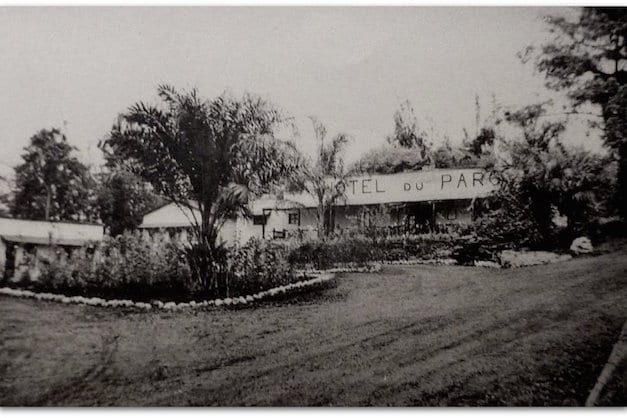
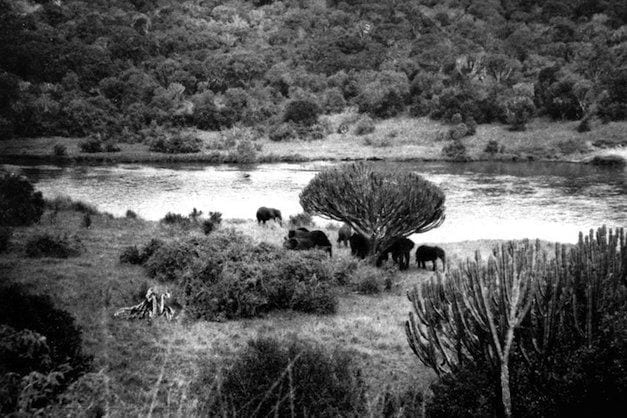
Virunga National Park has suffered through numerous periods of turmoil and violence in its recent history. The reasons for these include large conflicts within the Democratic Republic of Congo and neighbouring countries and rebel groups seeking to profit from illegal poaching and resource extraction.
In 1990, rebel groups; fuelled by subsistence and profit-driven poaching; launched attacks on patrol posts in the Northern Sector of the Park. Poaching intensified and continued to impact the Park for several years. 1994 then saw the mass displacement of people due to the genocide in neighbouring Rwanda, which led to nearly 2 million people fleeing the conflict. 90% of these refugees settled within walking distance of the Park and this huge surge in the population led to environmental damage which threatened to overwhelm the rangers trying to protect the Park. These events also saw the Park placed on the “at risk” list of UNESCO World Heritage Sites.
1995 saw disorder spread into the southern sector of the Park. Poachers murdered 4 gorillas, making this the first time in 10 years that a mountain gorilla had been poached within Park borders. The next year then saw the eruption of the Congolese Civil War as regional conflicts spilled over; leading to the death of an estimated 5.6 million Congolese people.
Conflict continued to plague the region throughout the early 2000’s. Additional threats to the Park’s survival appeared such as the attempt to extract oil from Virunga.
The gorilla massacres catalysed a groundswell of efforts to protect Virunga. In 2008, the Park’s governance structure was strengthened and newly appointed staff negotiated access to the Gorilla Sector, despite it still being under rebel control. The young gorillas orphaned by the massacres also had to be cared for so the Senkwekwe Centre, the world’s only mountain gorilla orphanage, was established in 2009.
2011 brought the long-term agreement between the ICCN (Institut Congolais pour la Conservation de la Nature) and Virunga Foundation for the long term management of the Park. It was based on an ambitious peace-building programme aiming to create 100,000 jobs in the region, providing young Congolese with viable alternatives to conflict-based activities.
Just as this new era was beginning, Virunga was shaken by the start of the M23 rebellion in 2012. The Park’s team were caught up in the fighting but maintained their presence and eventually managed to once again negotiate access to the gorillas to continue their conservation work.
A further threat to the Park’s survival arose in 2013 when the prospect of oil exploration around Lake Edward was raised. There was a backlash from both local communities; worrying about the impact oil-related activities would have on their livelihoods; and the international community concerned about the preservation of this World Heritage Site.
2014 marked the end of the first M23 war and Virunga was able to reopen its tourism operation after a 2 year hiatus and celebrate the opening of Mikeno Lodge to welcome visitors in the Park.
The following year saw Virunga’s Rangers awarded with the National Geographic Explorer of the Year award for their selfless work and sacrifices. Further good news was received when the UK oil company Soco announced it would not renew its claim to the oil concession on Lake Edward.
The next few years of relative calm allowed tourism to increase and the conservation efforts on the ground bore some remarkable results. The 2017 hippo count registered over 2000 individuals for the first time in over 20 years, whilst the IUCN downgraded the mountain gorillas’ status from “critically endangered” to “endangered”; which was a huge victory for Congolese, Ugandan and Rwandan National Park.
Rangers were able to remove all militia groups from the Central Sector in 2019, dismantling the camps of various armed factions across this area. The very next year, the largest herd of elephants since the 1980’s was spotted in the Ishasha corridor within the Central Sector which numbered over 500 elephants.
